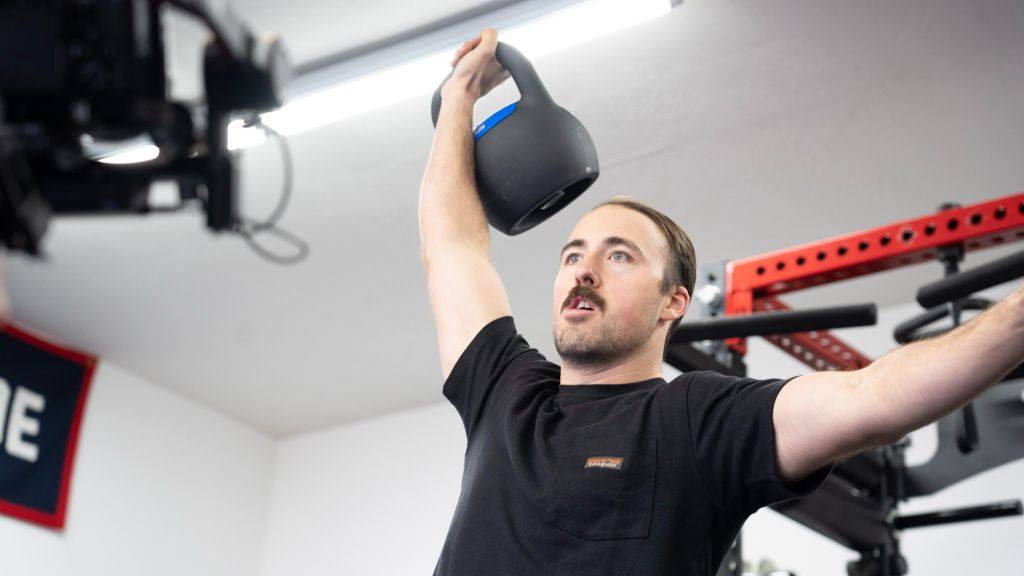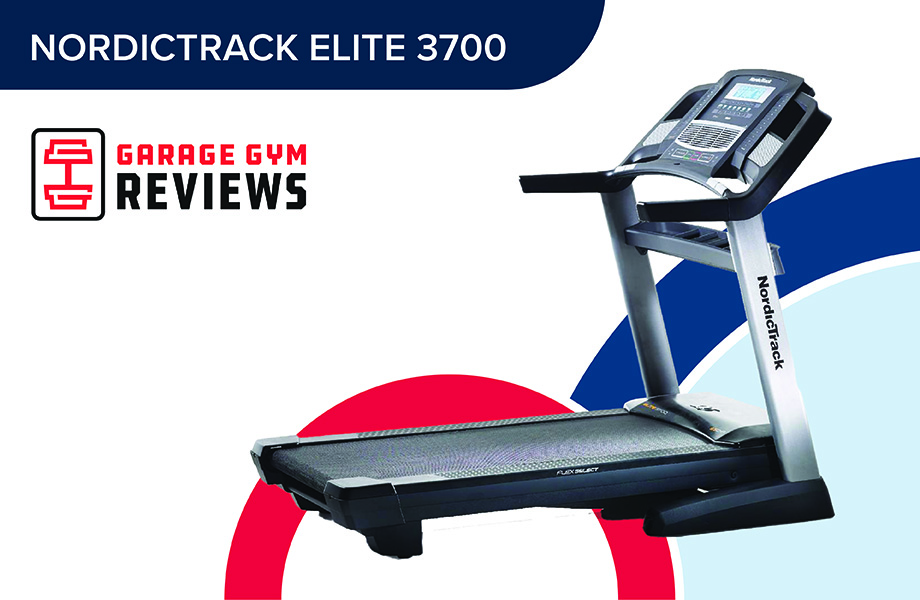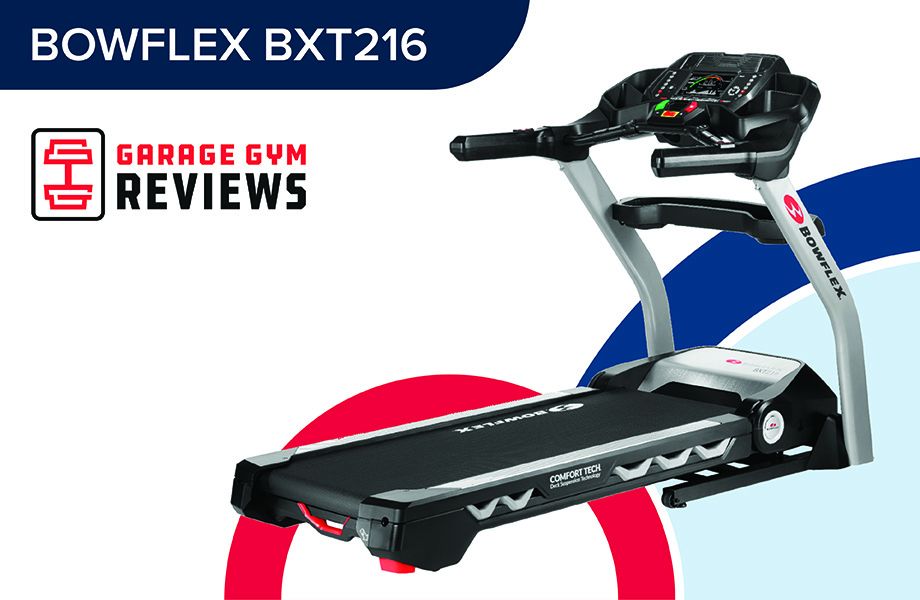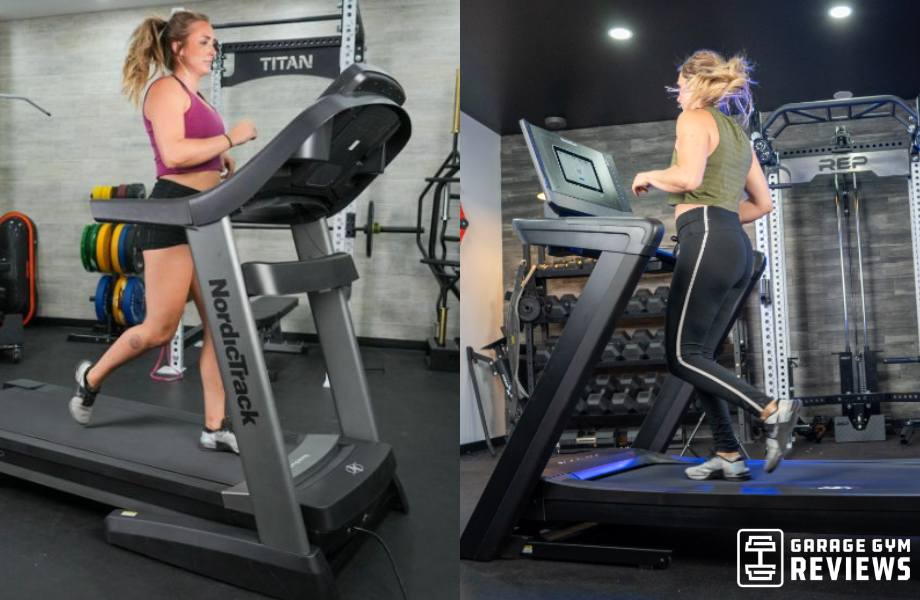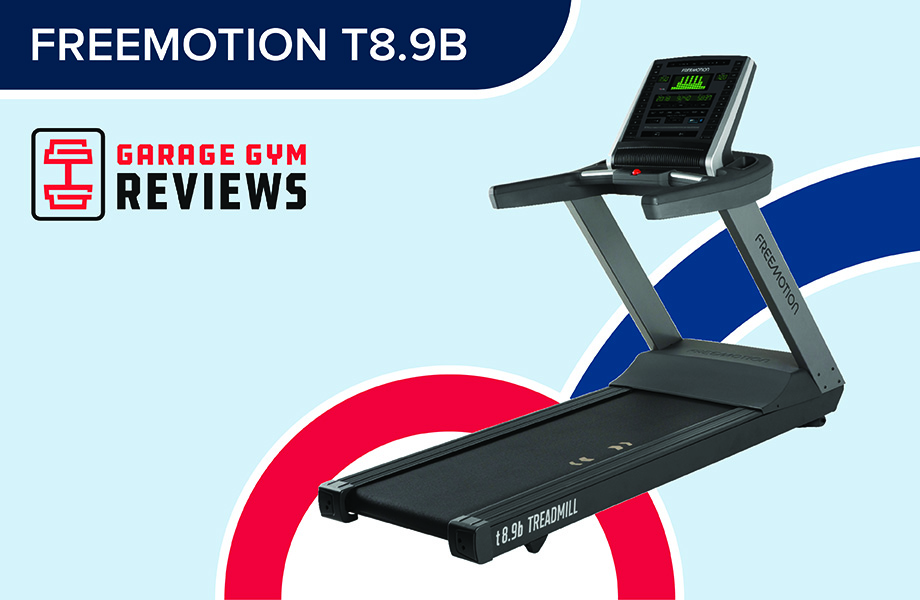Let’s talk about the snatch, and no, we don’t mean the 2000 Guy Ritchie flick starring Jason Statham. We’re talking about the Olympic lift that’s become more and more prevalent in recent years, mostly thanks to CrossFit training programs.
Today, we’re going to focus on the kettlebell snatch. Most gymgoers default to the barbell snatch when performing the snatch exercise, but the kettlebell snatch is similarly effective and much more versatile. You’re able to perform the movement with only one super convenient piece of equipment, as with all kettlebell exercises, and a relatively small section of floor space.
While this full-body kettlebell exercise makes an absolute beast of an addition to your kettlebell workout routine, it’s considered advanced, so it will take time to learn the proper form and execute everything smoothly.
That’s why we’re covering how to do the kettlebell snatch, including trainer tips for form and common mistakes to avoid, and ways you could work up from a snatch noob to a bona fide pro.
Are you ready?
Grab yourself a kettlebell and let’s get to snatching!
How To Do A Kettlebell Snatch
- Place a kettlebell on the floor and stand above it with your feet shoulder-width apart.
- Hinge at your hips to bend and grip the kettlebell handle so it rests diagonally in your right hand.
- Swing the kettlebell back between your legs to create momentum. Brace your core and draw your shoulders down and back to accommodate the movement.
- Push your feet into the floor and drive your hips forward to propel the kettlebell upward. Keep the kettlebell close to the body and maintain a slight bend in the right elbow.
- As the kettlebell reaches shoulder height, it will float above your hand. This is the most pivotal moment of the movement. Punch your hand forward and the kettlebell will flip over your hand.
- Drive the kettlebell overhead by fully extending your right arm. Your right wrist, elbow, and shoulder will be vertically stacked with your right bicep should be next to your ear. Squeeze your glutes at the top of the movement.
- Lower the kettlebell back down by reversing the steps. Hinge at the hips and bring the kettlebell down to shoulder height, then allow it to flip back beneath your hand and ultimately swing back down between your legs as you cycle into the next rep or place it down to finish the set.
- Repeat as needed for your right arm, then switch sides and repeat the full set.
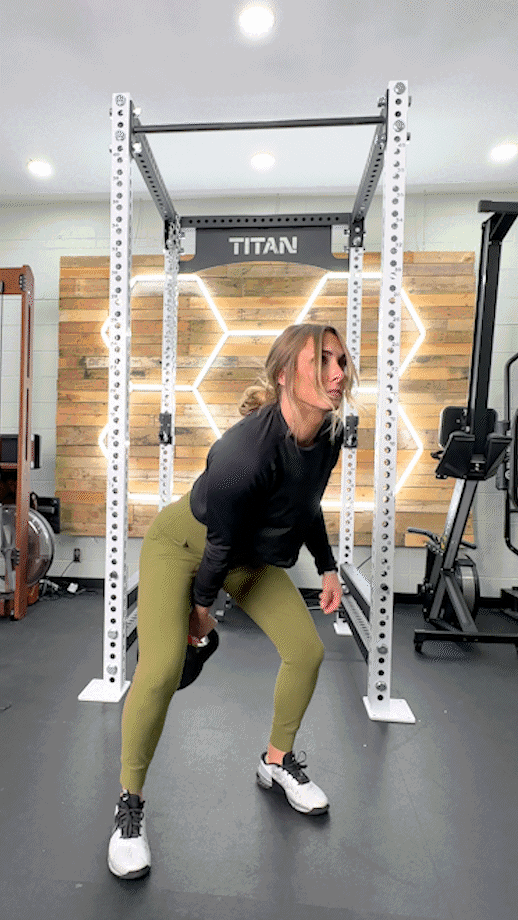
Trainer Tips for Form
The kettlebell snatch looks smooth and effortless when it’s executed well, but it’s far from simple and it takes a lot of work to craft a clumsy beginner’s snatch into a certified work of fitness art.
Here are some trainer tips that will elevate your kettlebell snatch into a thing of beauty.
Utilize Progressions
As they say, you gotta walk before you learn to run.
The same principle applies with kettlebell exercises, and you’ll have little success on the kettlebell snatch if the Russian kettlebell swing, or any basic kettlebell exercise for that matter, is uncharted territory.
Start by learning kettlebell basics like kettlebell swings and high pulls, then graduate into doing movements like single-arm kettlebell swings and kettlebell cleans.
“These movements are great for getting comfortable with the hip hinge movement,” says Certified Personal Trainer and GGR Head of Content Kate Meier. “They’ll also help you build strength, power, and core stability, making it easier to learn the kettlebell snatch.”
Try It With a Dumbbell First
Let’s say you’re already well-versed when it comes to kettlebell swings and other more basic movements, but something about the snatch scares you away.
You’re in good company.
A lot of people are intimidated by the kettlebell snatch because of that trademark flip that happens as the kettlebell ascends past your shoulders. And, the fear is definitely not unfounded; poor technique at this moment will result in a block of iron slamming straight into your wrist, which can cause or contribute to injury.
That’s why Kate recommends learning dumbbell exercises first, like the dumbbell snatch, using it as a stepping stone towards learning the kettlebell snatch.
“It involves a similar movement pattern,” Kate says, “but has a lower learning curve and less risk of injury since you don’t have to flip the weight over your wrist.”
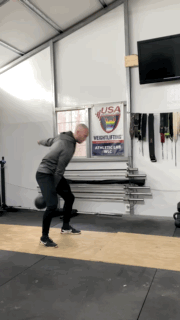
Practice the Kettlebell Clean and Jerk
Still feeling daunted by the kettlebell snatch?
Try breaking it up into parts by practicing a kettlebell flow movement, like the kettlebell clean and jerk. Like the KB snatch, the clean involves exploding from the hips to bring the kettlebell upward, ending in the front rack position.
Unlike the snatch, however, you then get to take a beat and collect yourself before moving onto the kettlebell press portion of the movement. Ultimately, you wind up in the same final position as the KB snatch—a weight overhead in the lockout position.

The kettlebell clean is not identical to the snatch by any means, but it will require you flipping the weight over your wrist before moving onto the jerk portion of the exercise. Because of this key similarity, kettlebell cleans allow you to feel firsthand what it’s like as the kettlebell weaves around your grip and repositions in response to the movement.
Over time, you’ll become more comfortable and confident when working with a kettlebell this way, and it’ll make the kettlebell snatch more approachable. Plus, finishing in the overhead lockout position helps improve your shoulder stability and mobility, which will translate nicely when it’s time to try the snatch again.
RELATED: The Best Mobility Exercises, From A Physical Therapist
Common Kettlebell Snatch Mistakes
A single kettlebell snatch could be done in the blink of an eye, but that doesn’t mean there aren’t various places along the way where things could go wrong.
Here are some of the most common mistakes and how you can avoid them.

Lack of Experience
We’re starting this section with a disclaimer.
The kettlebell snatch is complicated and involves a strong fitness foundation, great body mechanics, and a heightened sense of kinesthetic awareness.
You should have what it takes to succeed If you’re well-acquainted with kettlebell training or have done your fair share of Olympic lifts using an Olympic barbell or dumbbells, but working with a qualified fitness professional certainly couldn’t hurt given the complexity of this movement.
Beginners, on the other hand, should steer clear altogether and focus on more basic movements first to build the foundation they’ll need to succeed later on.
Improper/Weak Grip on the Kettlebell
Nailing your grip during the kettlebell snatch is an exercise in finesse.
Too little grip and you’re going to throw that sucker clear across the room or spike it straight into the gym floor. Even the best kettlebells could break (or break something valuable).
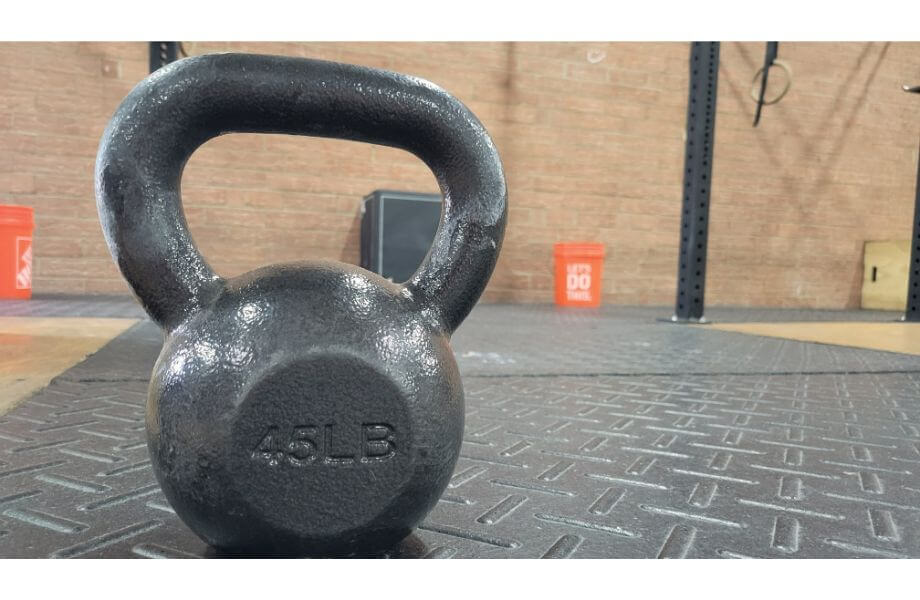
Too much grip and you’re going to impede the kettlebell’s ability to flip over the wrist smoothly and wind up bashing your wrist with a heavy free weight over and over again. No bueno.
Keep your grip gentle but firm. You want enough grip to maintain control, but squeezing it to death will prevent it from floating when you need to execute the flip.
Keeping Your Elbow Locked Out
It’s good to start your snatch with a little swing to build some momentum, but don’t be fooled; the snatch is not a swing movement. Focus on keeping the kettlebell close to the body as you bring it to shoulder height, flip it over the rest, and proceed to push it overhead.
Keep a soft elbow to facilitate this goal, as a stiff elbow will cause you to rely too heavily on your arms and place loads of undue stress on the elbow joint, inevitably leading to unnecessary strain or injury.
Extending Overhead Before Hip Lockout
As Chubbs Peterson from Happy Gilmore always said, “It’s all in the hips.”
Sure, you use muscles from your upper body, like the shoulders and triceps, to get the kettlebell up there, but most of your power comes from the hip extension that precedes this part of the exercise.
Focus on really exploding from the hips in order to propel that kettlebell upward, making sure both your hips and knees are locked out before you get the weight into the overhead position.
Without a strong drive from the lower body, you’re going to basically wind up doing a strict overhead kettlebell press, and that’s not the goal here.
Jutting the Neck Forward
Your neck is among the most vital places you wouldn’t want to sustain an injury.
Jutting your neck forward at any point during the kettlebell snatch will cause or contribute to a neck injury because it places unnecessary stress on the neck and causes you to lose proper alignment throughout the spine.
You want a neutral neck and spine throughout the movement, especially once that kettlebell winds up overhead, and you want to have perfect alignment tip to tail.
Letting the Kettlebell Slam Onto Your Wrist
The complexity of the kettlebell snatch keeps a lot of would-be kettlebell superheroes at bay, but the fact that the weight could slam onto your wrist ranks among the most common reasons most people decide to pass on this incredible compound exercise.
If you’re getting knocked on the wrist on each repetition, it could indicate any of the following:
- Overly tight grip
- Otherwise improper grip
- Insufficient wrist mobility
- Timing issues
Adjusting your grip is a simple fix. Mobility issues, on the other hand, take time and dedication to correct. To improve your wrist’s range of motion and flexibility, try incorporating a few wrist mobility exercises like wrist rolls, wrist extensions, and wall walks into your warm-up routine.
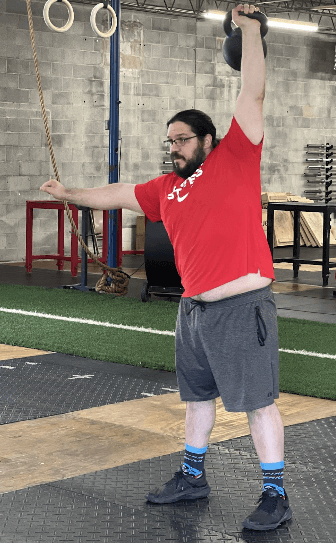
The timing issues are probably the trickiest to tackle because, even if you follow all the cues you read or hear, it might not “click” right away.
If you’re missing the mark on each rep, and paying the price with a demoralizing kettlebell “slap on the wrist,” consider working with a qualified coach or certified personal trainer to get personalized feedback on what you can do to correct.
Kettlebell Snatch Variations
The kettlebell snatch is hands down one of the best kettlebell exercises out there, but, as we’ve concluded already, it’s downright difficult, even for seasoned fitness pros.
Here are a few variations and alternatives to help you build the required muscle groups and add a little variety to your workout routine.
Dumbbell Snatch
If you want similar muscle activation and fitness benefits as the KB snatch but without the risk of getting punished by improper grip or timing, consider trying the dumbbell snatch instead.
Perform the steps for performing a dumbbell snatch with proper form is nearly identical to those for doing the kettlebell snatch. Simply replace your kettlebell with a good dumbbell and enjoy not having to do the part where you flip the weight over your wrist.
The dumbbell snatch is easier than the kettlebell version, but it’s far from easy. Consider using a lighter weight to start and really focus on the mechanics of the movement before going heavy, even if you think of yourself as an intermediate or advanced lifter.
Double Kettlebell Snatch
Let’s not mince words here; the double kettlebell snatch is one of the coolest looking moves out there. You step into the gym, everyone’s doing their thing, then BOOM! You bust out two kettlebells and fling them over your head, looking like a certified badass in the process!
The double kettlebell snatch takes an advanced movement and makes it even more challenging. If you’re going to attempt it, you should be extremely proficient with the single-arm, single kettlebell version of the snatch first, and also practice the double kettlebell swing.
Once you have that foundation in place, take two kettlebells and perform the same steps we listed above for both sides simultaneously. It takes some getting used to, specifically because of how two kettlebells affects your balance.
However, with time, practice, and patience, you can master this awesome exercise and perform a bilateral KB snatch to work both sides simultaneously.
Useful Kettlebell Snatch Accessories
Kettlebell training is quintessentially minimalist, but there’s no reason you can’t make use of a few key pieces of equipment or accessories to make the experience a little more luxurious.
Grip Tape
What’s not to love about grip tape?
It’s portable, inexpensive, and makes a world of difference when it comes to increasing friction and grip during weightlifting.
When you’re doing kettlebell snatches, taping your hands prevents you from tearing calluses, protects you from chafing, and improves your grip, which is especially helpful when your hands start getting sweaty.
Speaking of sweaty hands…
Chalk
Chalk is also simple, cheap, and effective for helping you keep a good grip when the going gets tough. If you’re working through high rep sets and your hands are starting to get a little slick, chalk up and enjoy improved grip from this one simple trick.
Wrist Guards
Are you still working out the kinks in your snatch timing?
If that’s the case, your wrist is probably getting punished repeatedly. A cushy wrist guard could help protect your wrist, absorbing some of the impact from repeated kettlebell strikes.
While they do provide great protection, a bulky or stiff wrist guard will reduce wrist mobility, which is counterintuitive considering the mechanics of the movement.
We recommend picking out a wrist guard that provides some cushioning but does not impede your wrist’s range of motion.
FAQs: Kettlebell Snatch
What muscles does the kettlebell snatch work?
Better question, what doesn’t the kettlebell snatch work?
Joking aside, the KB snatch is a full-body exercise that provides activation in the glutes, hamstrings, quads, upper and lower back, core, shoulders, and arms. Because of the incredible muscle activation throughout the entire body, performing sets of kettlebell snatches provides some serious bang for your buck!
What are the benefits of the kettlebell snatch exercise?
As a full-body exercise, it provides muscle activation from the posterior chain all the way up into the upper body, stimulating strength gain and hypertrophy, but that’s just the tip of the iceberg.
According to a 2017 study in the Journal of Strength and Conditioning Research1, “kettlebell conditioning has been used to improve strength, power, and endurance and…has also been shown to produce transference of strength and power to traditional weightlifting.”
So, kettlebell snatches not only assist in getting you some garden variety fitness gains in strength, power, and endurance, but the power directly translates into improved weightlifting performance on other lifts like the squat, deadlift, and barbell snatch.
That’s not all; this high-intensity exercise will seriously get your heart rate going and improve your cardio. In fact, a 2015 study published in the Journal of Strength and Conditioning Research2 examined the effects of kettlebell training on seventeen female NCAA Division I collegiate soccer players in regard to their aerobic capacity.
The results indicated that “the 4-week…kettlebell protocol, using high-intensity kettlebell snatches, significantly improved aerobic capacity…and could be used as an alternative mode to maintain or improve cardiovascular conditioning.”
In 2020, a randomized controlled trial, also published in the Journal of Strength and Conditioning Research3, supported these findings too, stating that “kettlebell snatches…can provide an adequate aerobic stimulus to improve cardiorespiratory fitness.”
Studies show that kettlebell snatches make an excellent strength training tool, but they’re excellent engine builders too due to their cardiovascular benefits as well.
How to learn the kettlebell snatch?
We’re not going to sugarcoat it; learning and mastering the kettlebell snatch is no easy feat.
You can learn it by studying the movement, reading articles and guides like this one, and practicing ad nauseam. However, the best way to learn the kettlebell snatch is by hiring a qualified coach or certified personal trainer who knows the movement, understands the mechanics, and can provide personalized feedback to perfect your form and technique.
Some exercises are easy enough to practice and learn on your own, but you’ll save yourself lots of time, hassle, and pain by working with a professional on this advanced movement.
References
1. Lyons BC, Mayo JJ, Tucker WS, Wax B, Hendrix RC. Electromyographical Comparison of Muscle Activation Patterns Across Three Commonly Performed Kettlebell Exercises. J Strength Cond Res. 2017;31(9):2363-2370. doi:10.1519/JSC.0000000000001771
2. Falatic JA, Plato PA, Holder C, Finch D, Han K, Cisar CJ. Effects of Kettlebell Training on Aerobic Capacity. J Strength Cond Res. 2015;29(7):1943-1947. doi:10.1519/JSC.0000000000000845
3. Chan M, MacInnis MJ, Koch S, et al. Cardiopulmonary Demand of 16-kg Kettlebell Snatches in Simulated Girevoy Sport. J Strength Cond Res. 2020;34(6):1625-1633. doi:10.1519/JSC.0000000000002588


